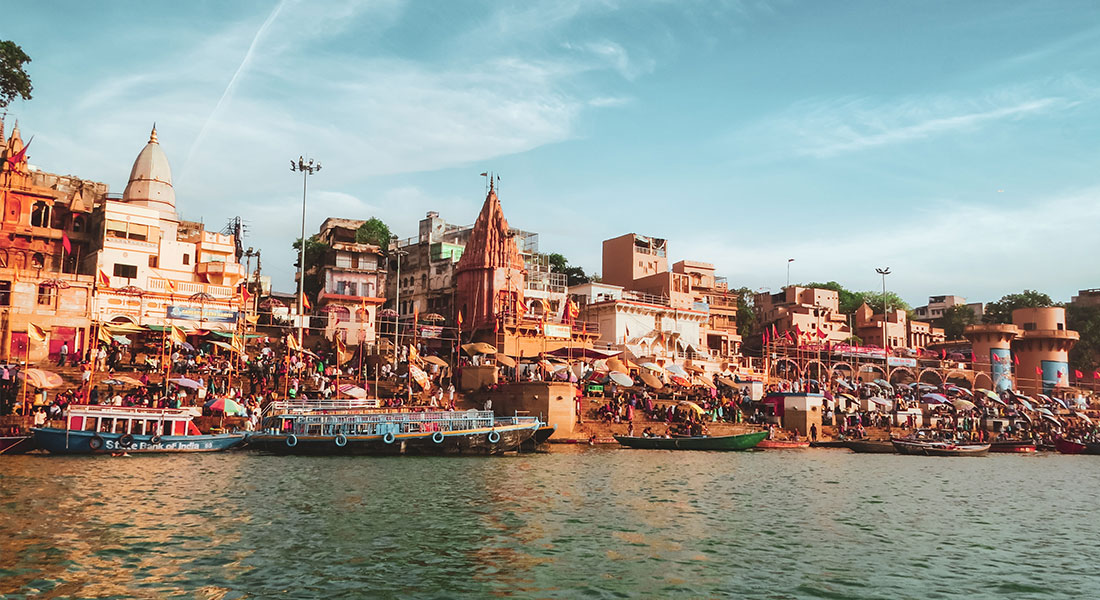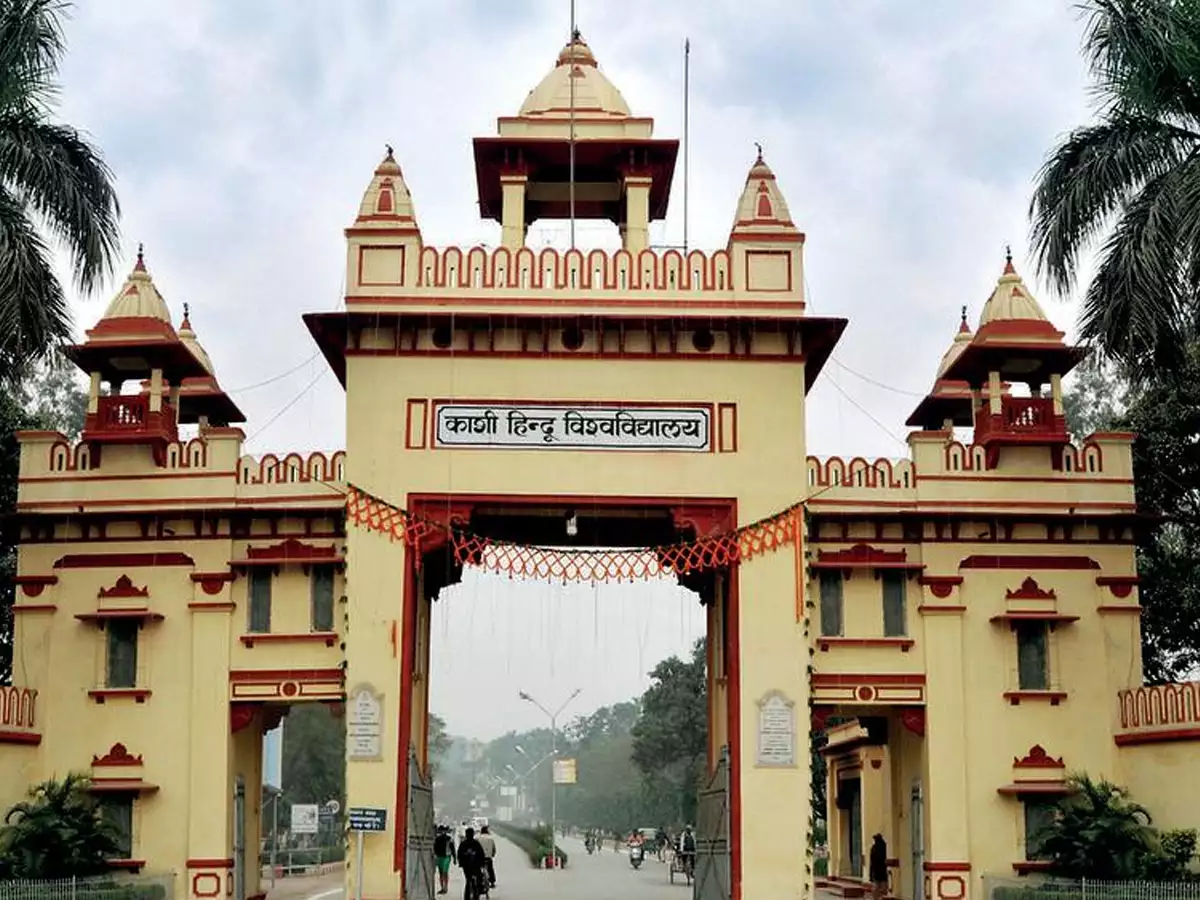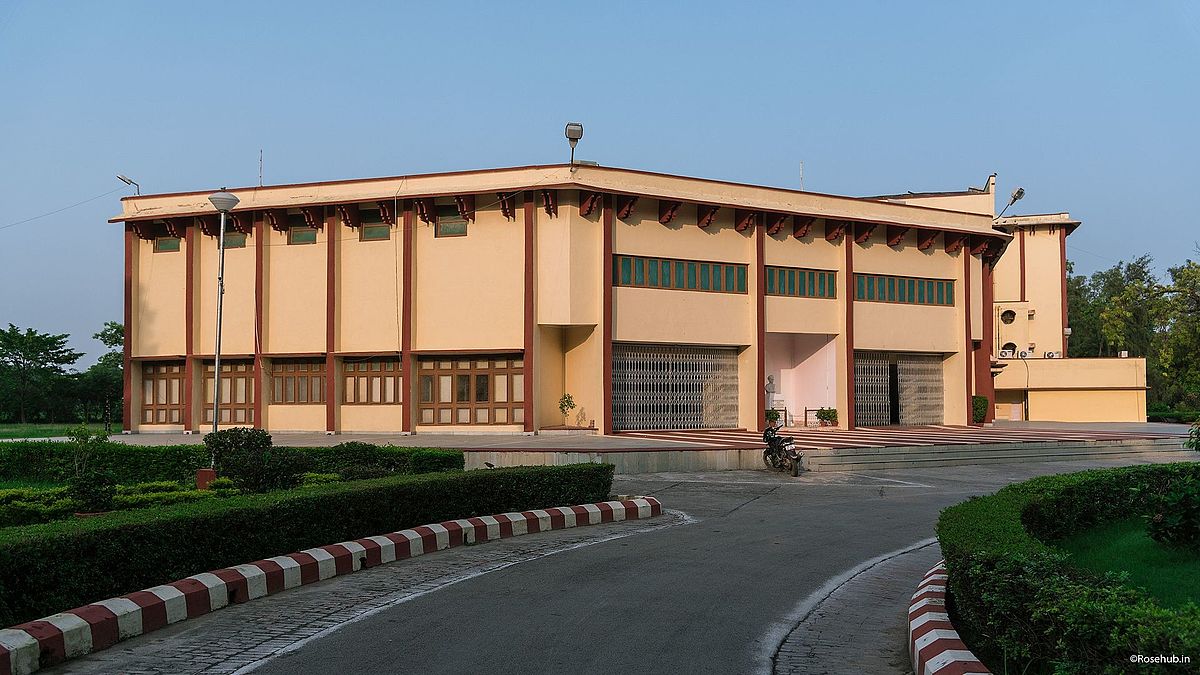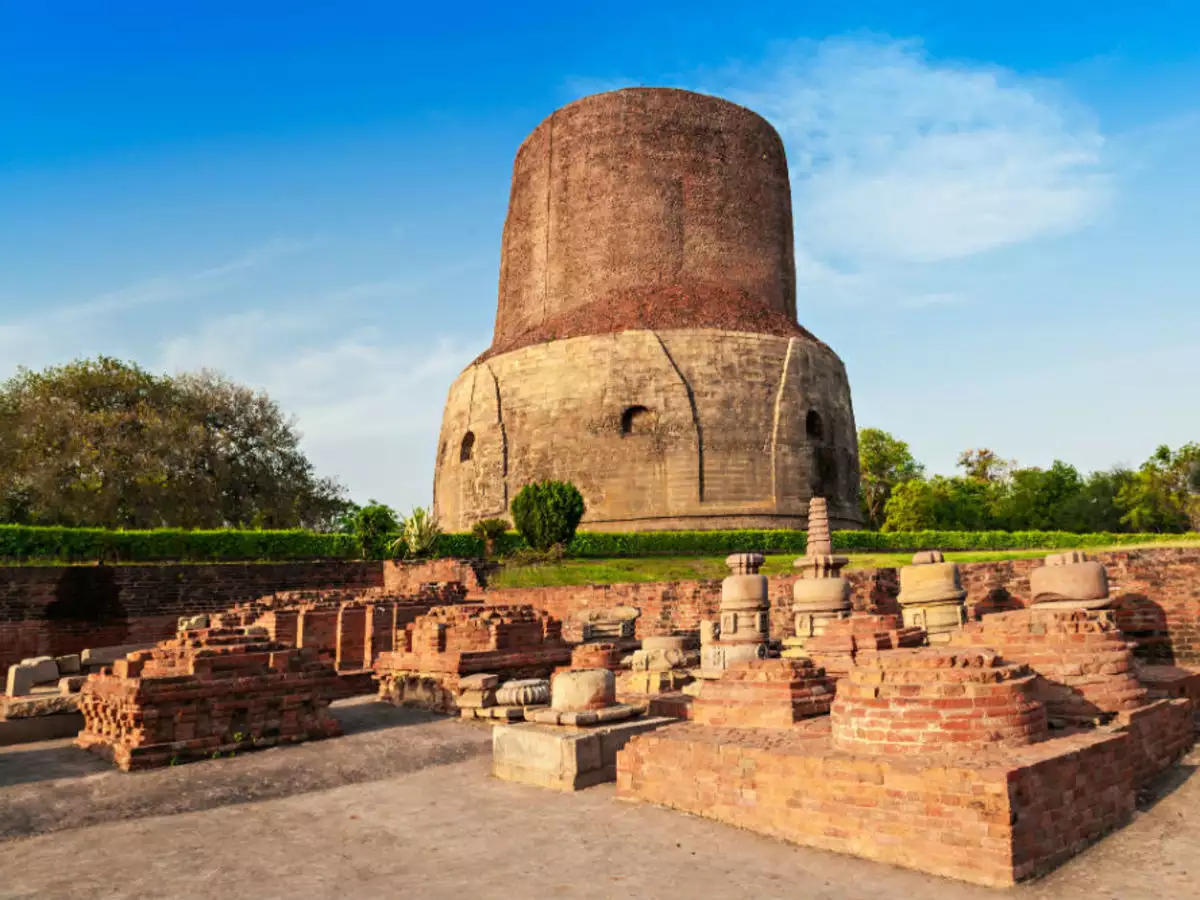

The city has long been an educational and musical centre: many prominent Indian philosophers, poets, writers, and musicians live or have lived in the city, and it was the place where the Benares gharana form of Hindustani classical music was developed. In the 20th-century the Hindi-Urdu writer Premchand and the shehnai player Bismillah Khan were associated with the city. India's oldest Sanskrit college, the Benares Sanskrit College, was founded during East India Company rule in 1791. Later education in Benares was greatly influenced by the rise of Indian nationalism in the late 19th-century. Annie Besant founded the Central Hindu College in 1898. In 1916, she and Madan Mohan Malviya founded the Banaras Hindu University, India's first residential university. Kashi Vidyapith was established in 1921, a response to Mahatma Gandhi's Non-cooperation movement.
“Benares is older than history, older then tradition, older even than legend, and looks twice as old as all of them put together”

Banaras Hindu University is an internationally reputed temple of learning, situated in the holy city of Varanasi. This Creative and innovative university was founded by the great nationalist leader, Pandit Madan Mohan Malviya, in 1916 with cooperation of great personalities like Dr Annie Besant, who viewed it as the University of India. Banaras Hindu University was created under the Parliamentary legislation - B.H.U. Act 1915. It played a stellar role in the independence movement and has developed into the greatest center of learning in India. It has produced many great freedom fighters and builders of modern India and has immensely contributed to the progress of the nation through a large number of renowned scholars, artists, scientists and technologists who have graced its portals. The university provides a wide range of facilities for sport and hobbies, has large playgrounds, a big auditorium, a flying club and many auxiliary services and units like Printing Press, Publication Cell,Fruit Preservation Center, Subsidized Canteens, Employment and Information Bureau, Security etc. The University family consists of about 15000 students belonging to all streams of life, castes and religions and races, about 1700 teachers, and nearly 8000 non-teaching staff A large number of students from foreign countries like the U.S.A, the countries of Europe, Asia, Middle East, Africa etc., come to study here. The university has taken a leadership role in promoting new ideas, the spirit of integration of the world, and cultivation of intellect and culture. Banaras Hindu University is small Virtually the universe in microcosm.

It is the main auditorium with different auxiliary facilities in the Campus of the University and was developed prominently as a high priority programme under the Diamond Jubilee Celebrations of the University in 1976. Accordingly, the Auditorium was completed by 1985.It has a seating capacity of 2000, a foyer area for exhibition, a senate hall with a seating capacity of 300 and a committee room.

Sarnath is a place located 10 kilometres north-east of Varanasi near the confluence of the Ganges and the Varuna rivers in Uttar Pradesh, India. The Deer Park in Sarnath is where Gautama Buddha first taught the Dharma, and where the Buddhist Sangha came into existence through the enlightenment of Kondanna (Sanskrit: Kauṇḍinya).Singhpur, a village approximately one kilometre away from the site, was the birthplace of Shreyansanath, the Eleventh Tirthankara of Jainism. A temple dedicated to him is an important pilgrimage site.Also referred to as Isipatana, this city is mentioned by the Buddha as one of the four places of pilgrimage his devout followers should visit. It was also the site of the Buddha's Dhammacakkappavattana Sutta, which was his first sermon after attaining enlightenment, in which he explained the four noble truths and the teachings associated with them.